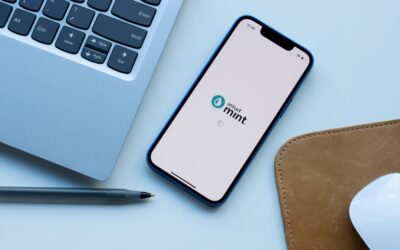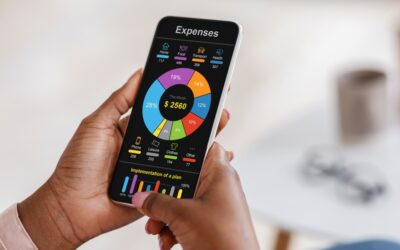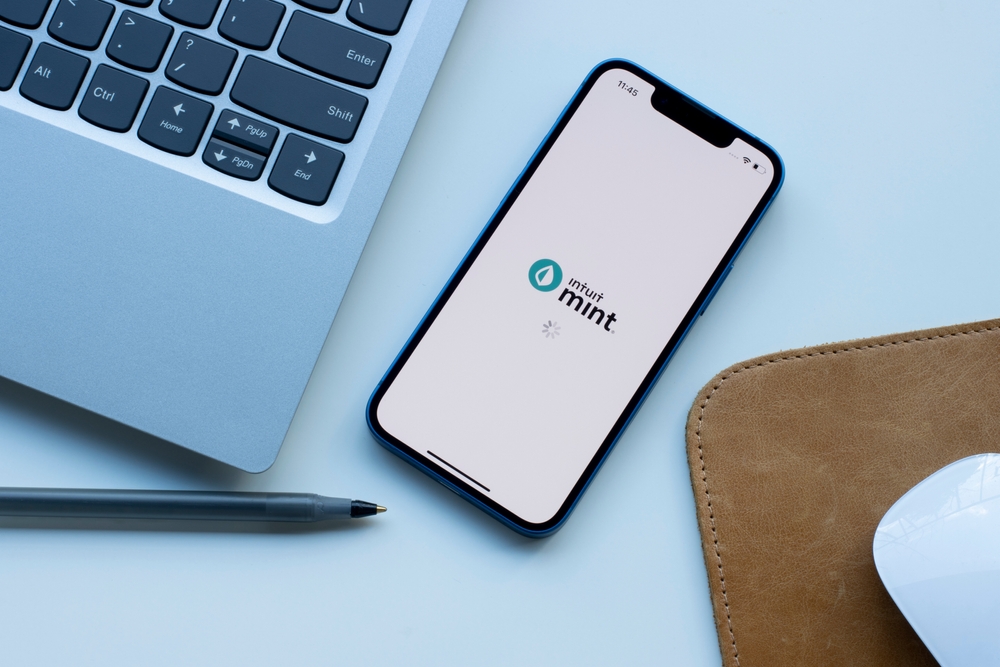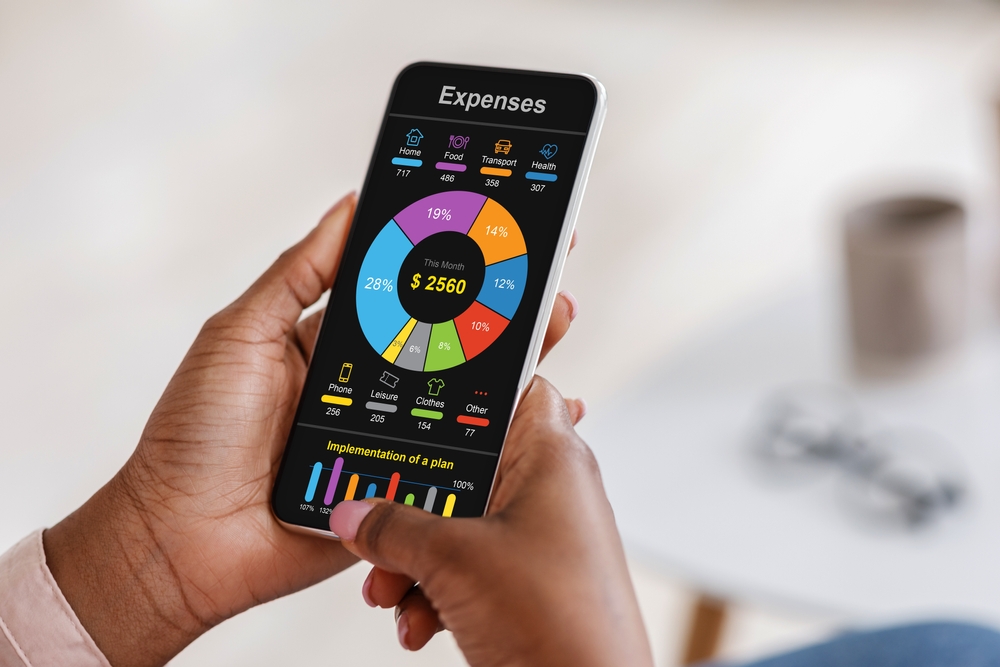You know that moment when you check your bank statement and think, “Wait… what did I spend $73 on at 2 a.m.?” Yeah, same. Adulting in 2025 is wild enough without tossing cash at stuff we don’t need, barely use, or totally forgot we subscribed to six months ago. Whether it’s sipping overpriced water like royalty or hoarding avocado slicers we swore would change our lives, Americans are still dropping serious dough on seriously dumb things.
So let’s call it out—lovingly, of course. From sneaky subscriptions to those TikTok-famous gadgets collecting dust, here are 14 of the most pointless money pits we really need to break up with this year. It’s time to Marie Kondo your spending habits and finally stop paying for stuff that doesn’t spark joy—or even make sense.
1. Fast Fashion
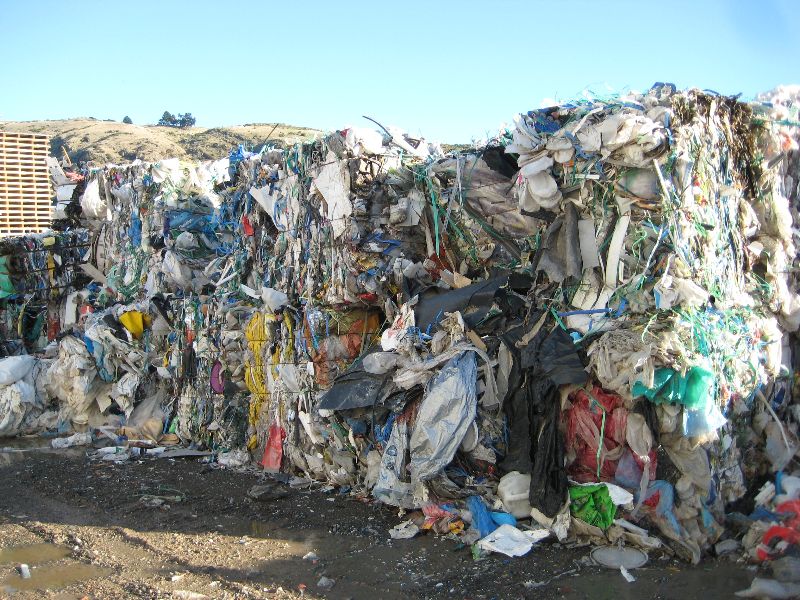
We’ve all snagged that $5 tee at midnight, only to see it buried in the back of our closets a week later. Fast fashion is the fashion equivalent of potato chips: mindless, addictive, and ending in regret. You might think you’re scoring a deal, but the environmental price is steep. The U.S. churns out nearly 17 million tons of textile waste annually, and almost none of it is recycled. A recent Government Accountability Office report confirms that over 85% of discarded clothes wind up in landfills. Those synthetic fibers release microplastics every time you wash them. Your $5 tee might cost the planet much more.
Instead of another impulse buy, try building a capsule wardrobe with timeless pieces. Thrift stores and clothing swaps are both wallet- and eco-friendly. You’ll end up with unique finds that won’t pill after one wash. Plus, quality over quantity means your clothes last longer. You’ll avoid the shopper’s remorse that hits when you realize you’re on outfit number 23 and still nothing to wear. Turning off fast fashion also turns up your style cred. Your Insta feed will thank you for the curated, not mass-produced, aesthetic.
2. Bottled Water

Sure, that sleek bottle of spring water has style, but you’re paying a premium for Hâ‚‚O you already get at home. Most brands fetch prices that are about 2,000 times higher than tap water per gallon. And surprise, your city’s water supply is held to stricter safety standards than many bottled labels. A study by the Environmental Working Group shows that some bottled water brands even contain questionable contaminants. You’re literally paying extra for a fancy label. Think about it: 46 gallons per person were chugged in 2023, according to those same EWG findings. Meanwhile, up to two-thirds of plastic bottles start as municipal water before they’re packaged.
Most of those bottles end up in landfills or littering beaches. Even if you recycle, the process is energy-intensive and often imperfect. A sturdy reusable bottle plus a quality home filter costs under $50 and lasts years. You’ll save hundreds annually and cut plastic waste. No more hunting for recycling bins at concerts or airports. Plus, you can customize your filter’s flavor infusion—yep, cucumber mint or ginger lemon, take your pick. Cheers to greener sips and fatter wallets.
3. Cable TV Subscriptions

Cutting the cord is so 2010, but some of us still cling to our cable remotes like security blankets. The average U.S. cable plan now runs about $147 per month, yet most people end up watching fewer than 20 channels regularly. You’re effectively wasting over $100 on channels you never tune into. And even if that one channel has your favorite show, you could bundle streaming services for less than half the cost. According to CNBC, cable subscriptions have declined year over year as cord-cutters rise, yet prices keep climbing. You don’t need a clunky box or that cable company app you always forget your password for.
Cable companies still love locking you into contracts, hidden fees, and those confusing “installment” devices. Imagine saving nearly $1,200 a year simply by cancelling. Your bank account will have more room for avocado toast or that spontaneous weekend trip. If you’re worried about live sports or news, there are affordable streaming bundles that cover the essentials. Just don’t let channel FOMO keep you chained to a dying business model.
4. Extended Warranties
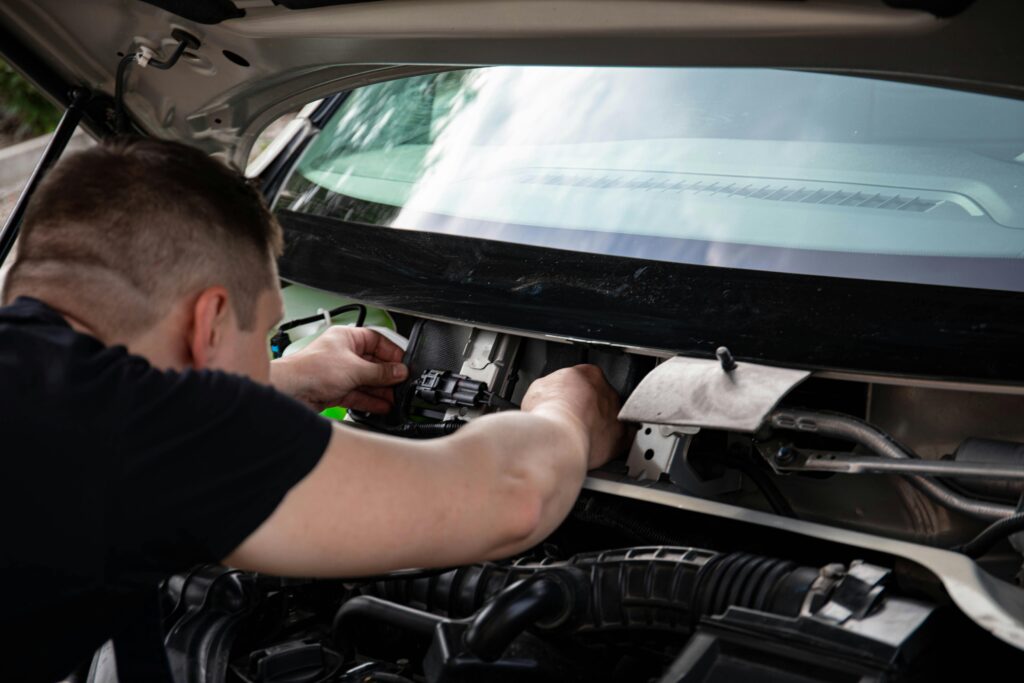
That extra warranty pitched by the car dealer feels like buying peace of mind. Spoiler alert: it’s often more like buying processed air. Car owners spend billions on extended warranties they almost never use. Data from Consumer Reports shows only about 10% of people even file a claim. Meanwhile, those hefty premiums pad dealer profits faster than your car pads out. Imagine paying hundreds extra per year for nothing but paperwork. And when you do need a repair, you’re trapped by the warranty’s fine-print limitations.
Many component failures aren’t even covered. You’re left scrubbing through pages of exclusions instead of driving. If you can’t handle a surprise $1,000 repair, you probably shouldn’t buy the car in the first place. A rainy-day fund does more for your peace of mind than dealer add-ons ever will. Park those warranty dollars into a high-yield savings account instead. You’ll actually earn interest instead of lining someone else’s commission. And when life does throw you a lemon, at least you can make lemonade—literally or figuratively.
5. Single-Use Coffee Pods

Single-use coffee pods are the ultimate convenience trap. Sure, you get a perfect cup in seconds, but your wallet gets a jolt too. Some Nespresso capsules cost up to 75 cents each, rivaling café prices. The claimed recyclability? Mostly a marketing mirage. When the SEC slapped Keurig with a $1.5 million fine for overstating K-Cup recycling, the tea was spilled. Coffee Geek explains that most pods wind up in landfills or require special processing. Your compost bin isn’t taking them.
Instead, try a reusable filter basket with freshly ground beans. A $20 investment upfront nets you beans at bulk prices. You’ll play barista at home and truly taste the roast. Plus, zero plastic drama and less guilt. You can experiment with single-origin beans without breaking the bank. Your morning brew becomes a ritual, not a button press. And your wallet perks up every time you sip.
6. Unused Gym Memberships
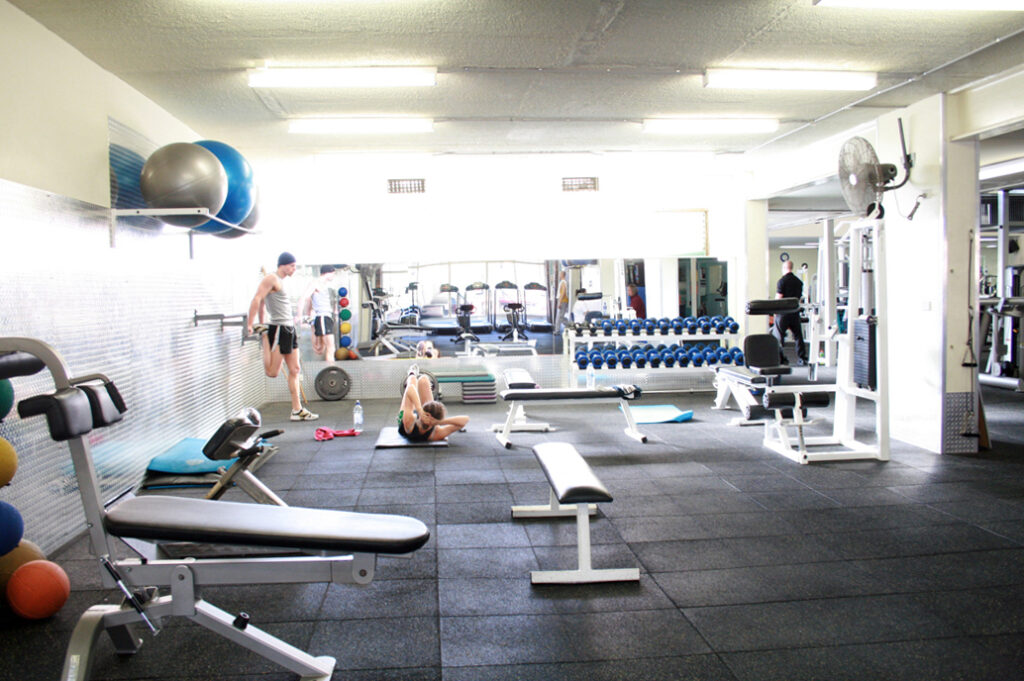
Signing up for the gym at New Year’s feels like you’re conquering Everest. But by February, your membership card is gathering more dust than those old CDs you swear you’ll digitize someday. Americans shell out over $35 billion on fitness subscriptions annually. Yet half of us skip the gym after month one. You’re basically treating your monthly dues like an unused streaming service—just without the binge-watch sessions. Those treadmill selfies in January won’t pay the bill in March. Instead of a wallet-leeching contract, consider pay-as-you-go classes.
Find a spin class you actually want to wake up for, or try yoga in the park. No long-term obligation means you only pay when you show up. Your motivation spikes because you’re investing in each session. Plus, you’re more likely to keep the habit if it feels like a treat, not a chore. And if you fall off the wagon, there’s no lingering bill reminding you of your guilt. Your bank account stays happier than those dusty dumbbells. Fitness should flex your health, not your budget.
7. Premium Streaming Add-Ons
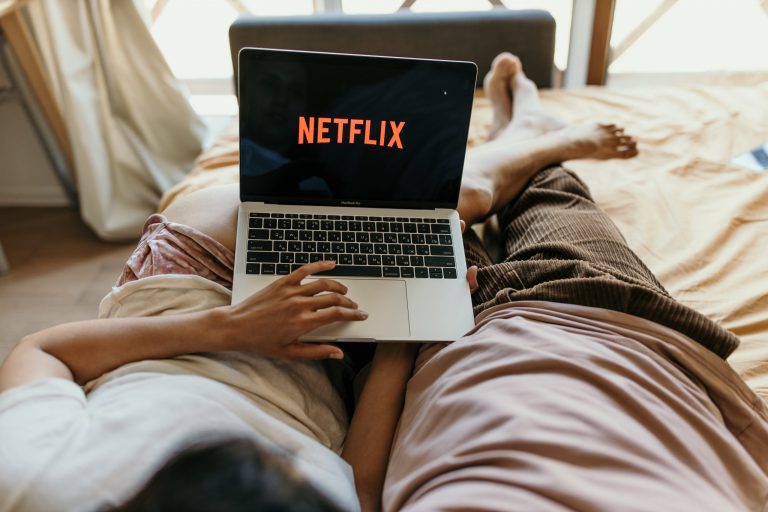
We all love a good pay-per-view event, but those premium add-ons can quickly sneak up on you. Adding a sports package for $15, a horror channel for $10, and a documentary bundle for $5 can turn your $12 subscription into $42 in a blink. You’re paying for content you might watch once then forget about. And yet, we click “add” more often than we click “unsubscribe.” It’s like topping off your coffee with extra espresso shots—fun in theory, jittery in reality. Your streaming bill starts creeping higher than your rent hike. Rather than stacking sub fees, why not rent or buy a single series you’re really hyped for?
Digital rentals often cost under $5 per show, and you only pay for what you love. Binge on demand without the subscription drag. When that true-crime doc or fantasy epic releases, grab it à la carte. No extra auto-renewals lurking in your bank statement. You’ll still get your fix, just without the budget bleed. And think of the savings you can funnel into tacos or concert tickets. Because life’s too short to pay monthly for stuff you don’t watch.
8. Fancy Water Filter Pitchers
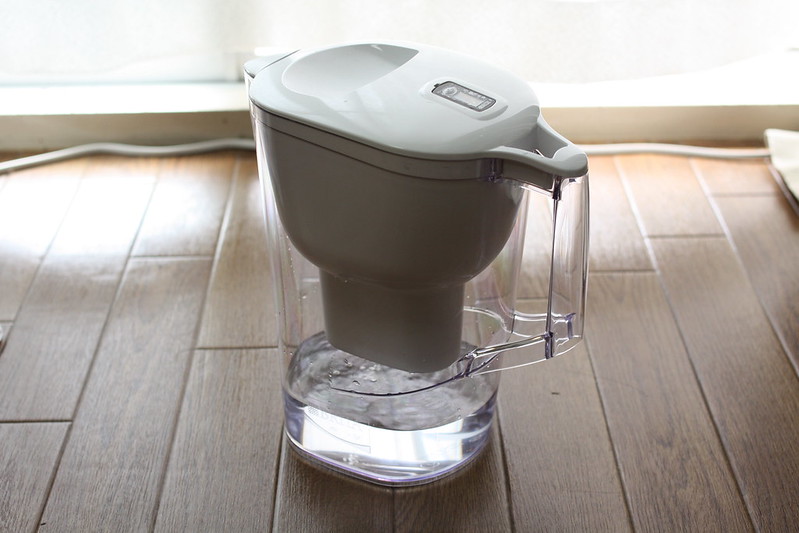
Those chic countertop water pitchers look like kitchen art, but they often come with a boutique price tag. A single pitcher can set you back $70 or more, plus filter replacements every two months. Your faucet water is already pretty great in most cities, thanks to municipal testing. Yet we’ll drop big bucks on another plastic reservoir to feel fancy. And when you forget to change the filter, you’re just sipping stale, tepid Hâ‚‚O. Buying replacements one at a time is like paying retail for raincoat singles in the rainforest. Shelf space becomes a landfill of half-used pitchers.
A faucet-mounted filter or under-sink system for under $30 does the same heavy lifting. You’ll never run dry mid-bottle. Bulk filter replacements cost way less per unit. Plus, no more dramatic pitchers spilling all over your counter when you go for a refill. Let’s be real: it’s less about necessity and more about kitchen décor trends. But your wallet and water flow will thank you for functional over fashionable. Stay hydrated, stay thrifty.
9. Designer Coffee Shop Lattes
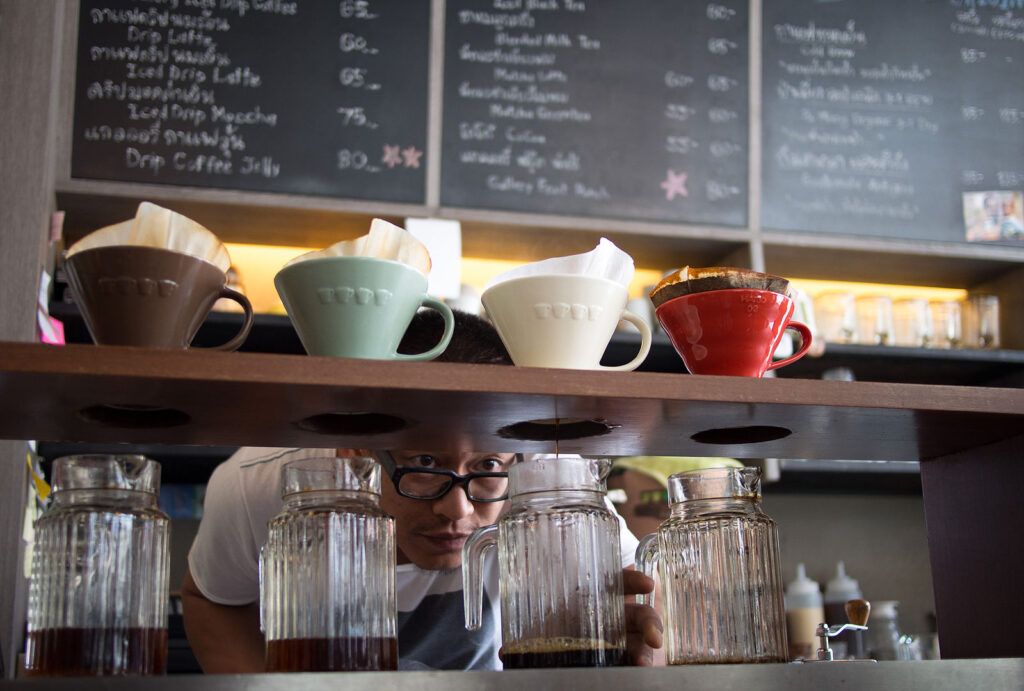
Walking into a coffee shop and ordering a signature latte feels like adulting goals. But at $6 to $7 a drink, that daily habit adds up to a small mortgage payment over a year. Five weekdays of lattes clocks in at over $120 monthly. And that’s assuming you skip nothing. Your taste buds might rejoice, but your checking account will cry. Plus, let’s not even get started on the sugar content of those Insta-worthy foam-art drinks. You’re fueling a habit that’s more about a vibe than actual caffeine needs.
A home espresso machine and a milk frother cost under $100 combined. You can experiment with different beans and milks for half the café price. And you’ll own a barista skill that impresses your brunch guests. No more line waits or awkward small talk with the barista. Your wallet stays plump while you sip like a social media influencer. Trust us, your savings account doesn’t need another avocado toast investment. Level up your barista cred and pocket the extra cash.
10. Junk-Food Subscription Boxes

Subscription boxes are the adult version of a candy crush—you’re excited until you realize you’ve binged more than you intended. A box of mystery snacks from around the world for $30 a month sounds fun. But will you really eat 20 random packs of chips and sweets? Spoiler: most of us let them sit until stale. Your pantry turns into a snack graveyard. Yet we keep hitting “renew” like hopeful optimists. It’s like paying rent for unopened junk food.
Instead, treat yourself on-the-fly when cravings hit. Pop into the store and pick your personal favorite. You get exactly what you want in the moment. No more expiration-date regrets. You avoid the clutter of mystery flavors you’ll never love. And you keep your snack budget honest. Sometimes spontaneity tastes better than a monthly gamble.
11. Meal Kit Service Subscriptions
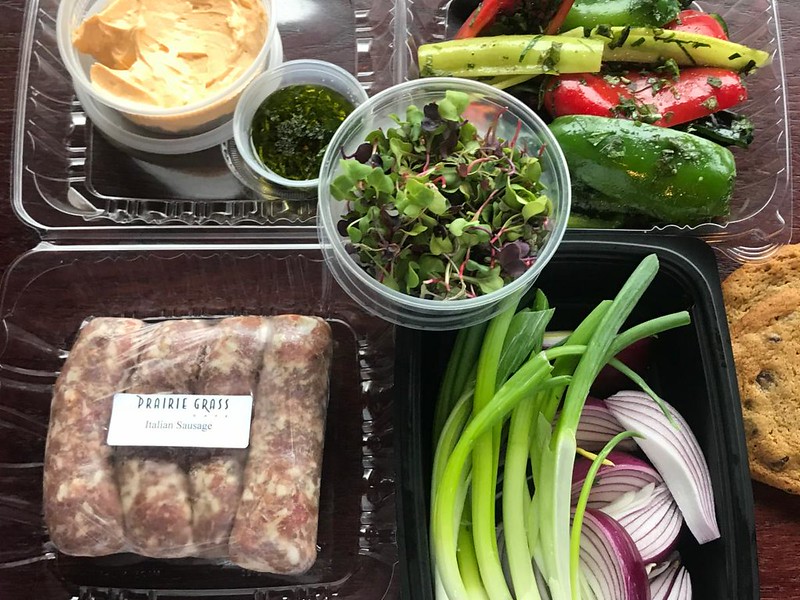
Meal kits promise fresh dinners and zero grocery guesswork. But after introductory deals wear off, you’re locked into $10–$12 per meal. A family of four can easily shell out $100 weekly. Add delivery fees and that’s dining-out territory. Plus, half the time, you forget to schedule and get sent a veggie you hate. Those pre-portioned ingredients sometimes go bad before you cook them. Which means you toss vegetable mush instead of meals.
Building your own meal plan and buying bulk staples slashes that cost in half. You pick the veggies you love and the proteins that don’t quiz you on tofu. Dynamic recipes are handwritten—not algorithmic. You can swap ingredients without paying a substitution fee. No surprise charges or boxes piling up in the entryway. Cooking from scratch also teaches mad chef skills. And you get bragging rights when your homemade balsamic glaze slays.
12. Overpriced Beauty Gadgets

Scrolling through TikTok, it’s easy to fall for the next-gen skincare gizmo. Jade rollers, LED masks, ultrasonic spatulas—they promise to turn your bathroom into a spa. But most haven’t cracked the code of clinical results. You drop $100 or more only to stash them in a drawer after two uses. Dermatologists recommend basics—cleanser, SPF, moisturizer—for a reason. Those core products have decades of research behind them. Meanwhile, that shiny gadget’s science is often as thin as the plastic it’s made of. Saving up for a real facial or dermatologist appointment trumps another novelty tool.
You get personalized care instead of one-size-fits-all promises. And you won’t worry whether the device’s battery died before you finished your routine. Your skincare shelf stays uncluttered, and your skin doesn’t suffer gadget-fatigue. When you do want a treat, a spa day feels indulgent—because it actually is. So let those overpriced doodads stay in the TikTok hall of fame. Your face and finances will thank you.
13. Single-Purpose Kitchen Gadgets
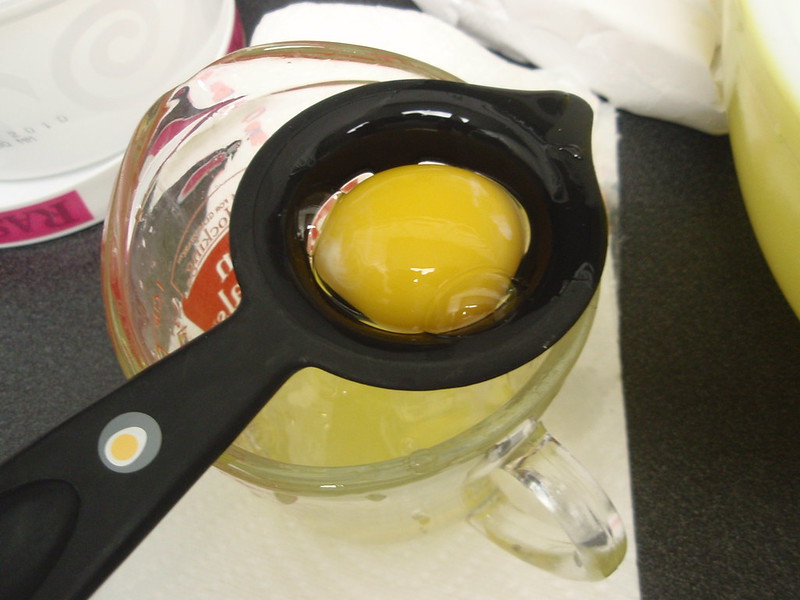
Your kitchen drawer’s architect could be a designer of single-use tools. Avocado slicers, banana peelers, egg yolk separators—they all promise to change your life. In reality, a chef’s knife or a spoon usually does the trick faster. Yet we’ll pay $10–$15 for each mini-gadget, convinced it’s essential. Before you know it, you’re elbow-deep in specialty plastic that you use once. Clutter accumulates faster than your best intentions. Plus, these tools often break faster than you can say “where’s the warranty?”
Think about the multipurpose cast-iron skillet you already own. It sears steaks, sautés veggies, and even separates eggs with the perfect edge. A sharp chef’s knife trumps 10 avocado slicers combined. Marie Kondo would judge the single-purpose sporks in your life. Next time you eye a niche kitchen gizmo, ask: “Can my existing tools do this?” If the answer is yes, skip the impulse buy. Your drawers and dollars will be clutter-free and content.
14. Cold-Pressed Juice Bottles
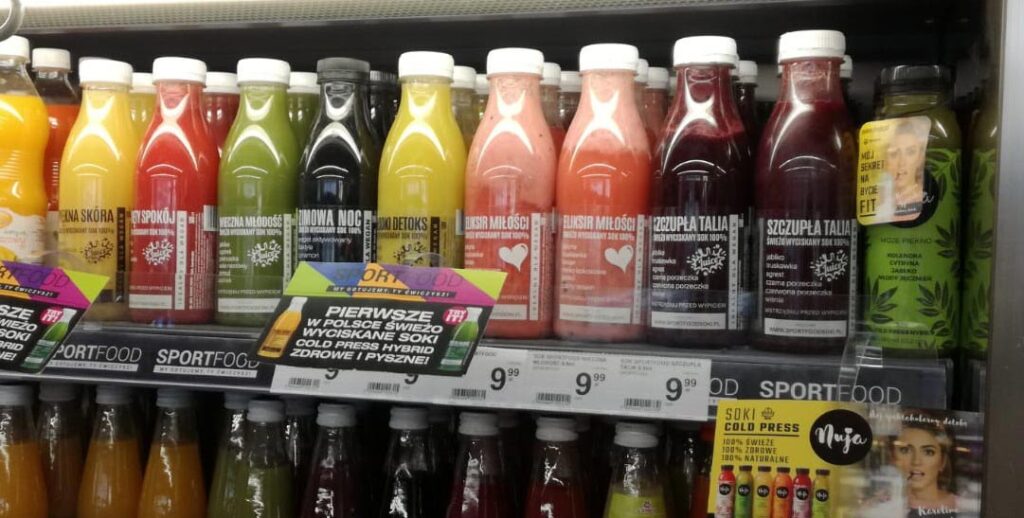
Those glossy bottles of cold-pressed juice look like health elixirs. But at $8–$10 per serving, you’re basically sipping your budget away. Retailers strip out fiber, leaving you with sugar-packed shots. Blending at home for pennies per cup preserves those essential nutrients. And your blender can handle more than kale and kale alone. Bulk-buy produce when it’s on sale, and freeze it for year-round smoothies. Your homemade blends are fresher and more customizable.
Feeling spicy? Add ginger or turmeric from your spice rack. Want a protein boost? Toss in some Greek yogurt or nut butter. Your cold-pressed fantasies become whole-food realities. No more single-serving plastic waste to guilt-trip you. And you control the sugar levels—no hidden syrups here. That basic blender won’t break the bank or your health goals. Sip smarter, save bigger.
This article is for informational purposes only and should not be construed as financial advice. Consult a financial professional before making investment or other financial decisions. The author and publisher make no warranties of any kind.

